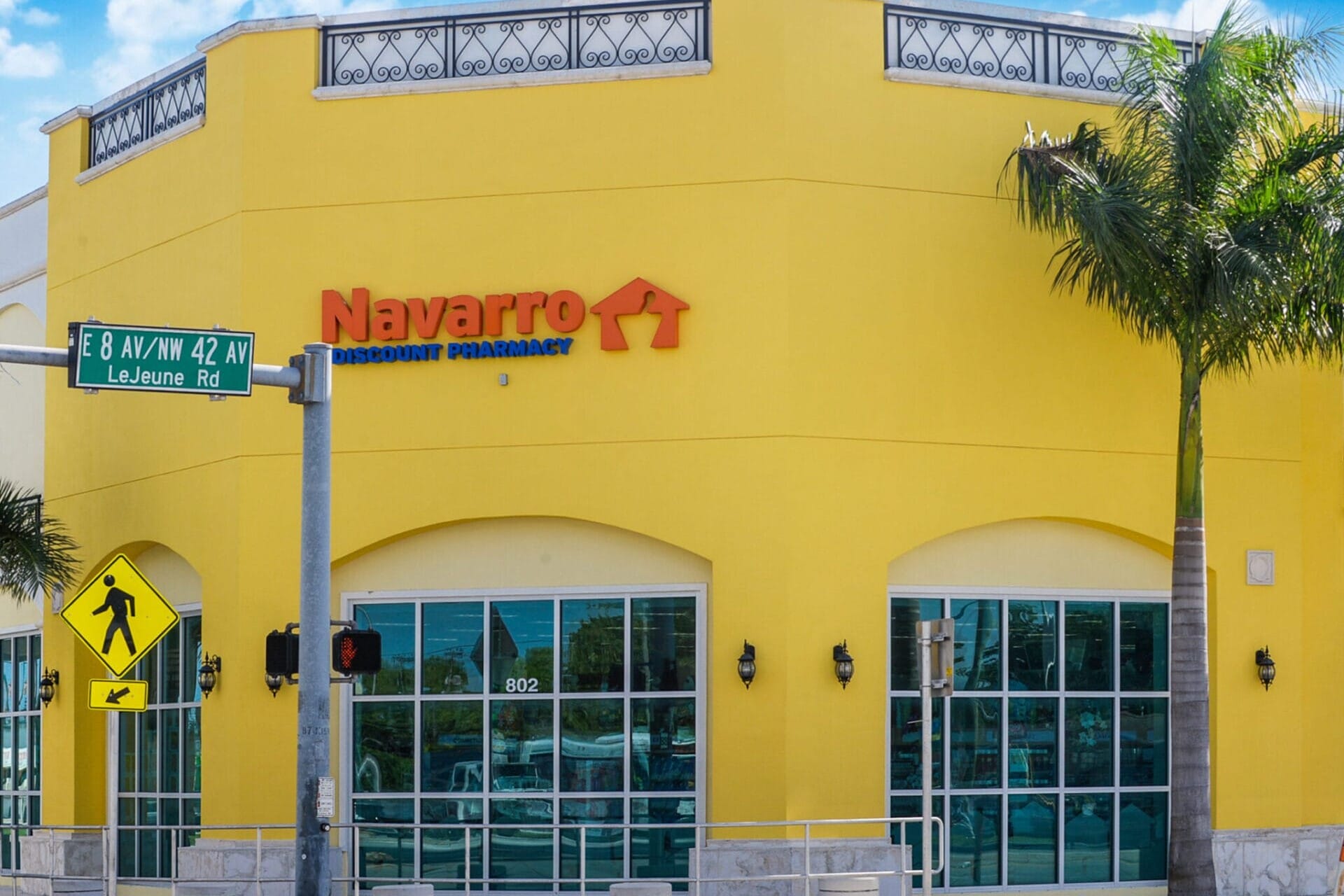News
Recently Sold – Riddell Manufacturing and Distribution Facility
Thomas Company is pleased to announce the successful sale of a mission-critical Riddell Sports Group manufacturing and distribution facility in North Ridgeville, OH (Cleveland MSA).
Recently Sold – DIRECTV Data Center Portfolio
Thomas Company is pleased to announce the successful sale of two DIRECTV data center uplink and broadcasting facilities, strategically located in Englewood, Colorado (Denver MSA) and Bakersfield, California.
Recently Sold – Chipotle, Christiansburg
Thomas Company is pleased to announce the successful closing of a Chipotle Mexican Grill (NYSE: CMG) located in Christiansburg, VA. This fee simple interest property totals 2,350 square feet of retail space with over 7 years of term remaining with 10% escalations.
Recently Sold – Verizon Wireless, Christiansburg, VA
Thomas Company is pleased to announce the successful closing of a Verizon Wireless (NYSE: VZ) located in Christiansburg, VA in the newly developed Christiansburg Marketplace. This fee simple interest property totals 2,500 square feet of retail space with over 7 years of term remaining and 5% escalations.
Recently Sold – Navarro Pharmacy (CVS), Hialeah, FL
Thomas Company is pleased to announce the successful closing of a Navarro Discount Pharmacy located in Hialeah, Florida (Miami MSA). This leasehold interest property totals 16,947 square feet of retail space with over 17 years of term remaining.
Recently Sold – Walgreens, Shallotte, NC
Thomas Company is pleased to announce the successful closing of a Walgreens pharmacy located in Shallotte, North Carolina. The building totaled 13,539 square feet of retail space on 1.85 acres with 74 parking spaces.
Recently Sold – Walgreens, Woodinville, WA
Thomas Company is pleased to announce the successful closing of a Walgreens pharmacy ideally located in Woodinville, Washington (Seattle MSA). The building totaled 14,820 square feet of retail space on 2.15 acres with 49 parking spaces.
Recently Sold – CVS, Plano, TX
Thomas Company is pleased to announce the recent sale of a CVS in Plano, Texas. The asset totals over 11,000 square feet with over 22 years remaining on the term.







